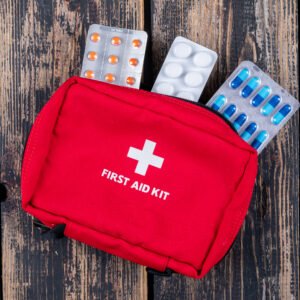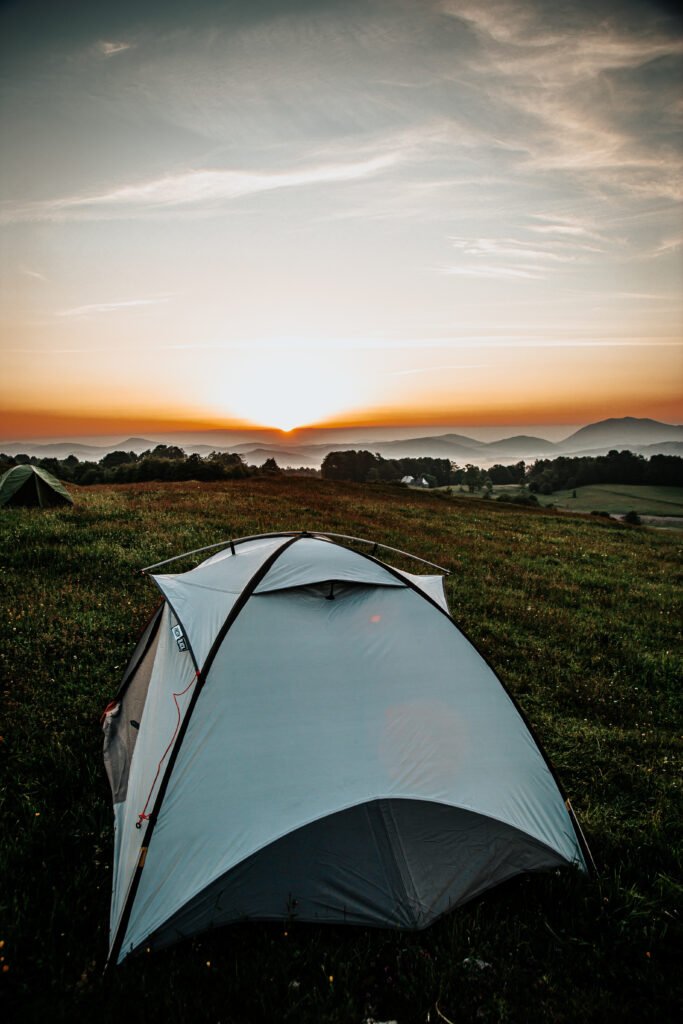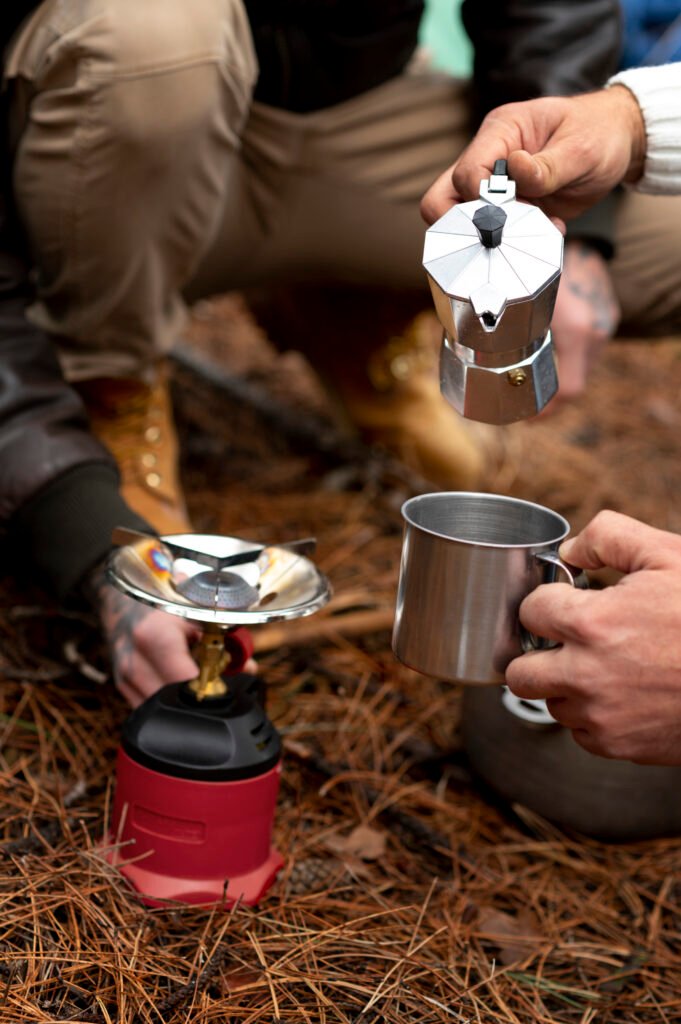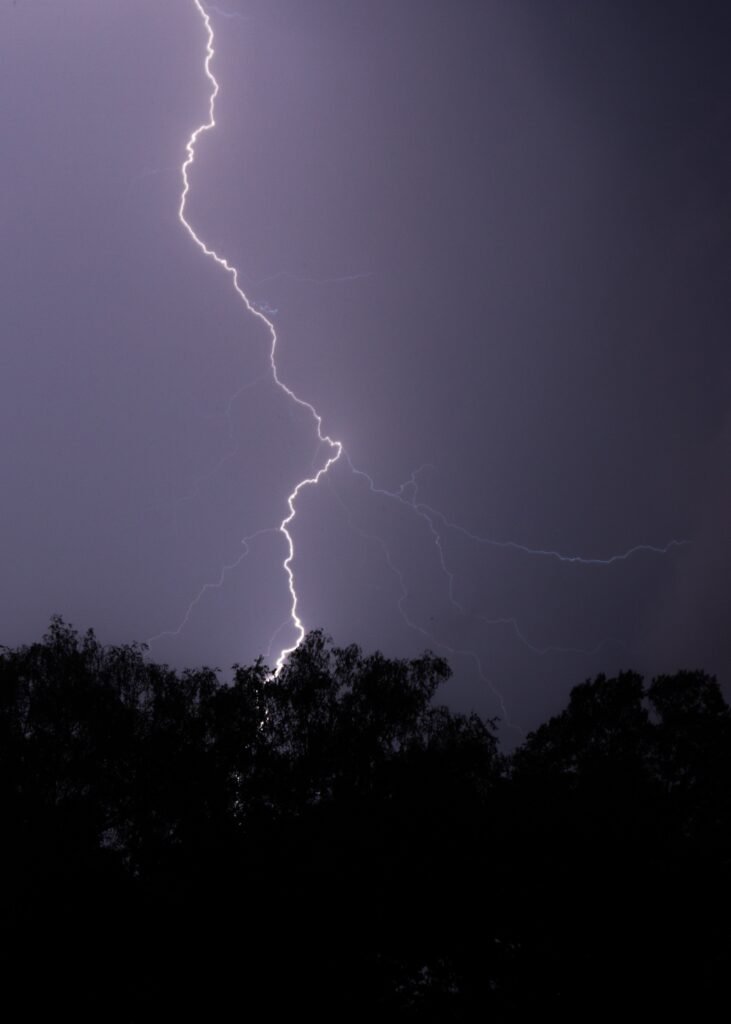Wilderness Emergency Evacuation Guide: How to Stay Safe in the Wild
Nature is awe-inspiring and beautiful, but it can get cranky and most unpredictable at times. You have planned for the right gear, kids are all excited to have a great outdoor camping trip, and you are looking forward to a great outdoor vacation, but nature doesn’t always play nice.
Natural disasters like wild fires, flash floods, storms, earthquakes and landslides can escalate quickly turning a peaceful outdoor vacation into an emergency evacuation scenario. Medical emergencies in remote areas can also create panic, and might suddenly spiral into an emergency situation.
So, it is very important to have an emergency evacuation planning in place, to help minimize risk and save lives.
Trying to Read Natures Sign Early
Animals can often sense natural disasters before people do. Watching how they behave—and noticing changes in nature—can help keep campers and hikers safe in the wild.
During natural calamities, animals often exhibit unusual restlessness and flee from their shelters or behave erratically. Birds fly in odd patterns, and dogs start barking excessively. If we pay attention to this strange behavior and our gut feeling tells us that something is not right, then we should immediately evacuate early before facing real danger.
How do you build your Emergency Action Plan?
Plan your Escape Routes and Exits Well
Creating an emergency plan should begin well before you leave home and set up your tent. You need to familiarize yourself with your campsite and the surrounding area. Research the local weather conditions and evaluate the roads leading to and from the campsite. For example, if it rains and one road becomes impassable, you should already have alternative routes planned. Identify potential bottlenecks and assess road quality, ensuring you have at least two backup routes for emergencies. Whether you rely on digital maps or traditional paper maps, the key is to study them in advance—don’t wait until nightfall to figure out your emergency exits.
Make sure that your communication network is strong
Even in remote camping areas where cell service is limited or completely unavailable, staying connected is still possible. Equip yourself with a basic weather radio to receive emergency alerts and updates about any developing threats. For more robust communication, satellite communicators—such as InReach devices or PLBs (Personal Locator Beacons)—can provide reliable two-way messaging when your phone is out of range.
Before heading out, share your detailed itinerary with a trusted person. Let them know exactly where you’ll be camping, which campsite you plan to use, and your expected return date. Just as important is setting up a check-in schedule. Should the weather take a turn or you need to relocate unexpectedly, having a way to communicate those changes with your emergency contact is essential.
Think of your evacuation kit as your lifeline, and plan it well, so that it has all the absolute essentials you can grab instantly when evacuation becomes absolutely necessary. That’s the reason your evacuation kit should be planned, assembled and packed before you head out to the campsite.
Pack your evacuation Kit well
Critical documents should be stored in waterproof, easy-to-access containers. Include printed copies of ID, insurance cards, emergency contacts, and any important medical information. While we often rely on our phones, digital devices can fail—especially in the outdoors, where batteries die quickly, screens crack, or devices get wet. Physical backups could make a huge difference in an emergency or when seeking help from rescue teams.
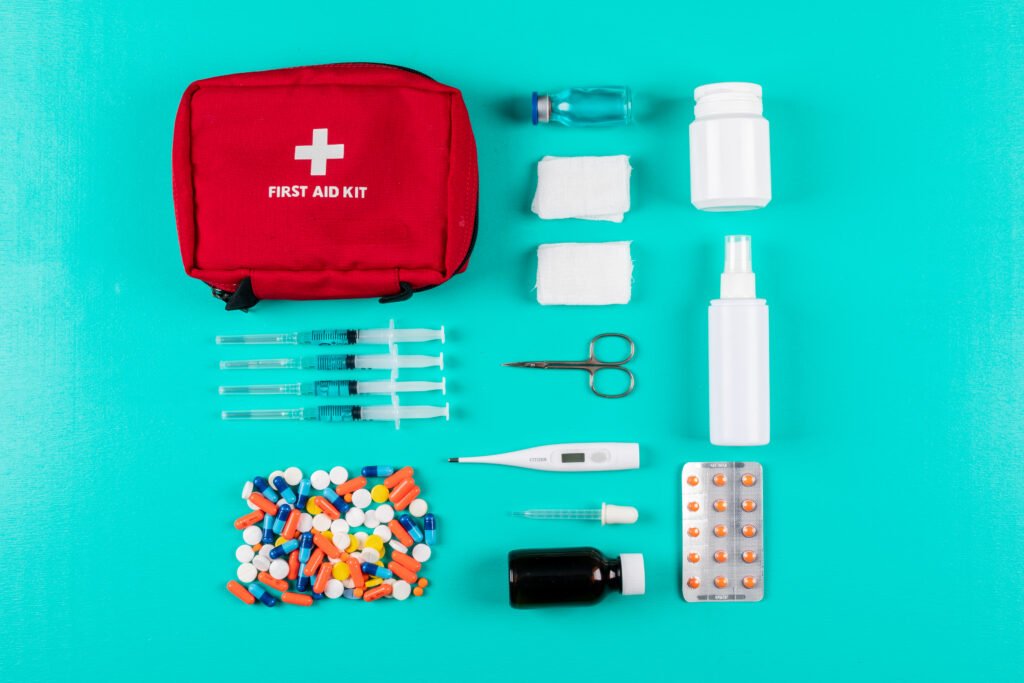
While medications are a no-brainer, your go-bag should also include more than just prescriptions. Don’t forget basic first aid supplies, over-the-counter pain relievers, vitamins, and any emergency medications. These must be immediately accessible, not buried in your main gear kit because you don’t have time to search when in emergency.
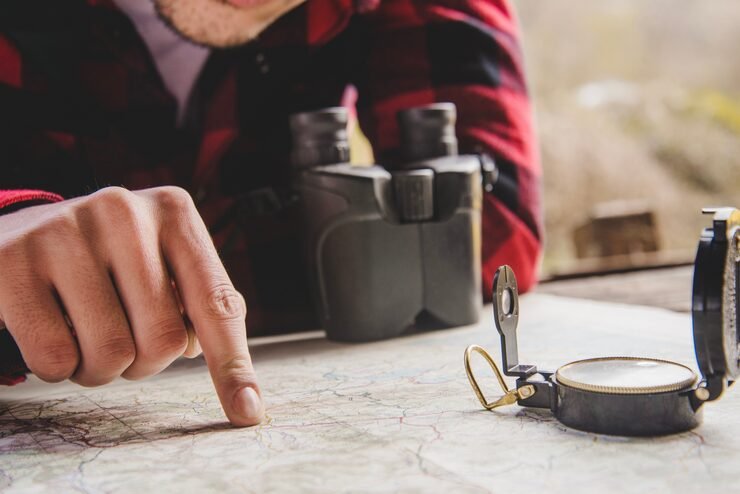
Your navigation tools must remain reliable even when modern technology falters. In remote areas where cell signals vanish and GPS devices lose accuracy, having a topographic map and a basic compass becomes absolutely essential. These traditional tools are lightweight, durable, and don’t rely on batteries or signal coverage—making them irreplaceable assets in your outdoor survival kit.
But simply packing a map and compass isn’t enough. Knowing how to read a topographic map and use a compass effectively can make the difference between staying on course and getting dangerously lost. Equip yourself with basic navigation skills well before your adventure begins. Watching an instructional YouTube video at home—without stress, distractions, or time pressure—is far wiser than attempting to grasp survival navigation techniques in the middle of a crisis, under low light, or in unfamiliar terrain.
When it comes to emergency shelter and maintaining warmth in unpredictable outdoor conditions, lightweight survival gear can truly be lifesaving. Weather in the wild can shift rapidly, turning a routine trek into a serious survival situation. Unexpected nights outdoors—especially without proper protection—can quickly escalate into cases of hypothermia, even in regions with otherwise mild climates.
Compact and efficient tools like an emergency bivvy, space blankets, and fire-starting materials are vital additions to any emergency survival kit. Not only do they occupy minimal space in your backpack, but they also deliver maximum protection, comfort, and peace of mind when it matters most.
See Also: The Complete Camping Checklist for New Campers – A thorough list of gear that also applies to emergency kits.
Building your evacuation kit with intention and knowledge is just as important as packing your tent. When emergencies happen, being ready isn’t just smart—it’s survival.
Emergency Evacuation Planning: What to Do When Nature Turns Dangerous
Emergency evacuation planning might not be the first thing on your mind when you arrive at your campsite, but it’s one of the smartest ways to ensure your trip stays safe and fun—even when nature throws a curveball. Whether it’s wildfire smoke, flash floods, or sudden storms, being ready makes all the difference.
The toughest decision – Knowing when to leave
Know about the hardest part? It is about deciding when to leave, or making the call to evacuate. You have decided to travel to the camp site, pitched your tent, and have planned a great outdoor adventure with your loved ones. But if you are seeing signs of trouble, dark clouds, rising water, forest fires, or any other danger signs, and you have the gut feeling that something might go wrong, then listen to your instincts, and better head out that risk yourself and your family.
The wise thing should be to take a quick decision and not wait for things to escalate, because outdoor conditions can shift faster than you expect.
So, the moment you feel uncertain, then begin your emergency evacuation planning, and inform your group about the same.
Vehicle Prep: Your Lifeline in Emergencies
From the moment you arrive, treat your vehicle like your emergency lifeline. These simple steps go a long way:
- Park facing the emergency evacuation route—make it easy to get out fast.
- Keep the gas tank as full as you can.
- Don’t bury your car under gear; make essentials accessible.
- Assign one spot for your keys—and make it habit.
If you’re tent camping, get familiar with packing up in the dark. Know what is crucial to be packed and taken, and what can be left behind, if there is no time.
When Evacuation isn’t an option
There are moments in the wild, when getting out seems impossible. A flooded road might cut your exit, a wild-fire is blocking the trail, or a member of your group is may be injured. In such scenarios, your focus shifts from getting out, to staying safe wherever you are. So, emergency evacuation planning now becomes shelter-safe-in-place strategy.
Adapting to the situation – Shelter Smartly
The best shelter depends on the emergency you are facing. Here are some quick points.
Finding the Best Protection
What kind of shelter you need really depends on the situation. If you’re dealing with a wildfire, your best bet might be a wide open area, far from any dry brush or trees, where you can create a defensible space. But when it comes to severe weather, you’ll want something more solid—like a sturdy building or even a natural rock formation. Tents won’t offer much protection in a serious storm.
If you’re stuck in one place longer than expected, water becomes a top priority. Make sure you know where the nearest reliable source is and how to purify it safely.
Staying Connected When You’re Stuck
When you can’t leave, staying in touch becomes essential. This is when satellite communicators really prove their worth. First responders will need to know exactly where you are, what the situation is, how many people are with you, and if anyone needs medical attention.
In these moments, managing your supplies becomes critical. Start conserving early—ration your water, food, meds, and battery life based on the possibility of a longer wait. It’s always better to have extra left over than to run out too soon.
Technology That Actually Helps
Your Digital Safety Net
Today’s tech gives us some amazing tools to prepare and respond in an emergency. Weather apps can keep you ahead of storms, GPS devices make navigation easy, and satellite communicators let you reach out for help no matter where you are.
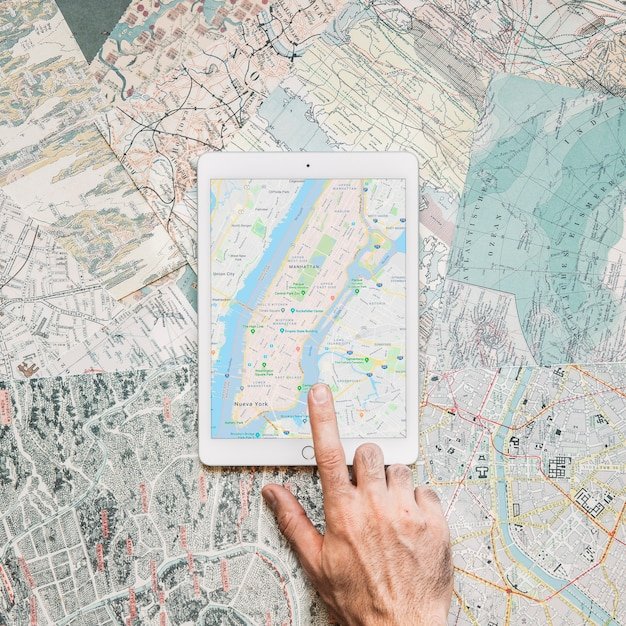
But here’s the honest truth—technology isn’t foolproof. Batteries die, devices break, and sometimes satellite coverage drops out. That’s why your backup plan needs to stand on its own. Basic skills like reading a map, starting a fire, and purifying water are still essential.
Apps That Actually Matter
Forget the survival apps that only work with an internet connection. Go for tools that are reliable offline: topographic map apps that let you download maps ahead of time, weather radios that don’t rely on cell service, and satellite beacon apps that can send your GPS location when it really counts.
Emergency contact apps are also worth having—especially the ones that can send pre-set messages to multiple people with your location, even if you can’t make a call. In a tough spot, that kind of connection can make all the difference.
Practice your Emergency Drills
It might feel a little over-the-top, but running emergency drills with your camping group or family is one of the smartest things you can do. Try packing up quickly and timing how long it takes to evacuate. Practice using your emergency equipment before you need it for real.
Getting wilderness first aid training is another game-changer. Even basic knowledge can make a huge difference in a medical emergency. When help is hours away, knowing what to do could literally save a life.
Conclusion: Plan Smartly and Stay Safe
Think of your emergency evacuation plan as your adventure safety net—you hope you’ll never need it, but when things get unpredictable, you’ll be glad it’s there. Just a few hours of planning and practice can turn a potential crisis into just another story around the campfire.
Nature’s awe-inspiring beauty comes with a side of unpredictability. Respect it, prepare smartly, and you’ll be ready to camp safely no matter what the adventure have in store.
Emergency preparedness isn’t about fearing the worst—it’s about setting yourself up to embrace the best. So, gear up wisely, stay safe, and get ready to collect moments that turn into epic tales.










